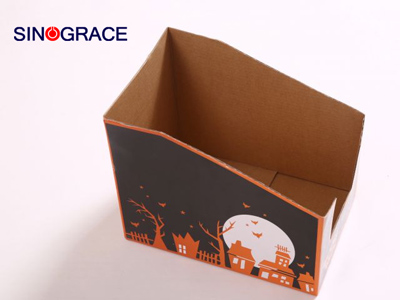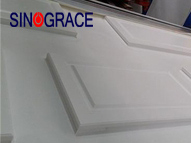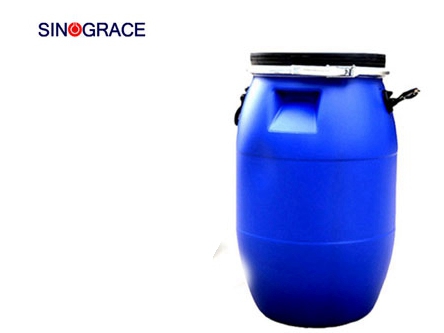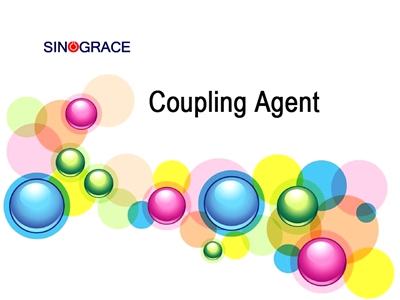Do you know the origin of vacuum suction plastic?
Vacuum suction plastic is a kind of waterborne polyurethane adhesive, because it needs vacuum suction plastic machine to vacuum suction plastic so it is called vacuum suction plastic.It is widely used in the vacuum blister thermal composite of visible parts, such as polyvinyl chloride (PVC) and other soft materials and density board, particle board, wood and other vacuum blister molding, mainly used in the vacuum blister molding of wooden doors, cabinets, sound box board, computer desk, car console, etc. The PVC film in the heating softening process and after spraying the density fiberboard close to, the use of vacuum to remove the PVC film and density board film between the air, relying on atmospheric pressure to make the PVC film tightly pasted on the density fiberboard, this process is called vacuum blister.The biggest feature of this process is no need to spray paint or paint, is a paint-free process.In addition, it can also cover concave and convex grooves, curved edges, hollow carving pieces, which are incomparable to other processes.The adhesive used for vacuum blister is vacuum blister, which is mainly waterborne polyurethane adhesive at present. Vacuum suction plastic in performance requirements, good flow, no pitting surface after plastic; High solid content, fast drying; The initial viscosity is good, in the groove, the edge of the special requirements of the initial adhesion of plastic suction is good; Good heat aging performance; The activation temperature is low, the activation temperature is in the range of 55-65 degrees, the temperature is too high, the PVC film is easy to perforate.
read more

 English
English français
français русский
русский español
español العربية
العربية








